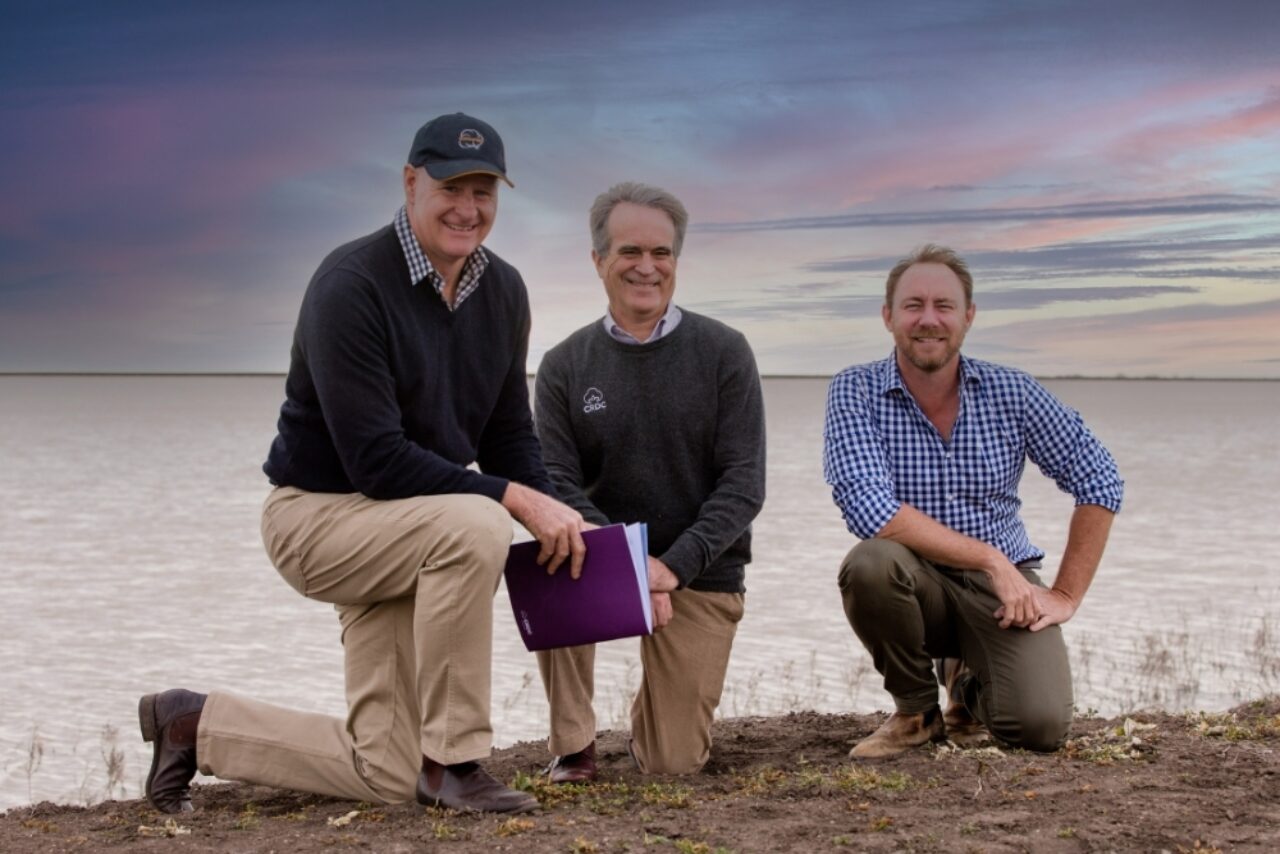
An Australian-first research project is trialing floating solar panels on cotton irrigation dams, with the potential to reshape how farmers manage water and energy.
The project - led by AgEcon with support from the Cotton Research and Development Corporation (CRDC) - is testing the feasibility of floating solar photovoltaic (FPV) panels to both reduce evaporation and generate renewable energy. With partners including the University of Southern Queensland and Macquarie University, the initiative spans multiple industries, from cotton and grains to sugarcane, pecans and rice.
AgEcon’s Jon Welsh says the project tackles one of irrigated agriculture’s biggest challenges: evaporation losses. By shading storage dams, the solar panels can conserve water, improving drought resilience and boosting on-farm productivity. At the same time, the panels generate solar energy that farmers can use to offset costs or sell back into the grid.
“This project investigates a practical, sensible and proven solution to store valuable water for longer, building resilience into an irrigated farming system then able to produce more food and fibre,” Mr Welsh said.
For cotton growers, the opportunity is significant. Previous CRDC-supported research found that tackling evaporation could dramatically improve the industry’s water productivity - a challenge long in search of a practical solution. Water saved through FPV could be directed to growing more crops, traded, reserved for domestic use in drought, or allocated to environmental needs.
Welsh adds that Australia faces a “tri-lemma” of securing water, food and clean energy - and that floating solar offers a way to address all three.
The $13 million ‘Novel Energy and Evaporative Storage Technologies for Irrigators’ (NEESTI) project has secured $6 million from the Federal Government’s Future Drought Fund Resilient Landscapes program, which supports farmers and regional communities in preparing for a changing climate.
This article appears courtesy of the Cotton Research and Development Corporation (CRDC). It was published in the Winter edition of CRDC’s Spotlight magazine www.crdc.com.au/publications/spotlight-magazine-winter-2025.
August 2025
